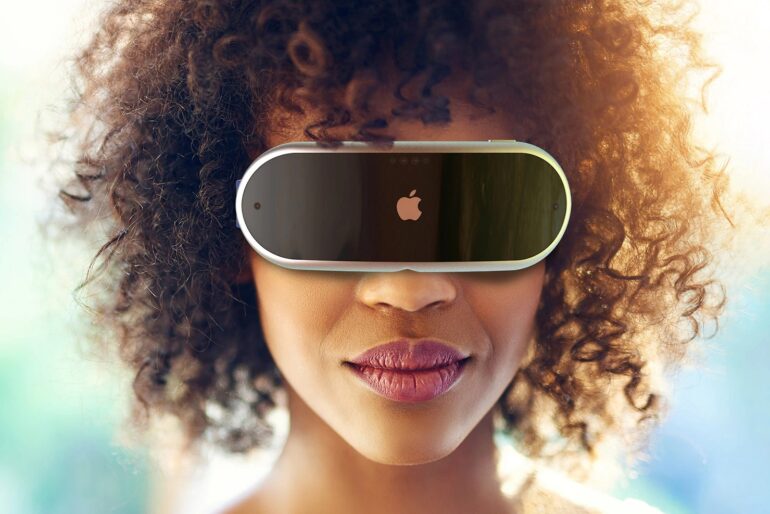Apple is adopting a more realistic approach to product development in order to reach the automobile and mixed-reality headset sectors. In addition, the business improves device security with end-to-end encrypted iCloud backups, and Tim Cook attends the unveiling of TSMC’s new Arizona facility.
Table of Contents
The Starters
Apple Inc. is seldom the first to emerge in a new industry: the Sony Walkman came before the iPod; Palm and BlackBerry dominated the phone market before the iPhone; Microsoft had tablets before the iPad, and the Google wearable platform came before the Apple Watch.
However, Apple’s submissions have upended their respective categories. Apple revolutionized the industry with the iPod, which had a white plastic and aluminium look as well as a click wheel. The iPhone and iPad made all-screen smartphones and app stores mainstream. The Apple Watch included enhanced health sensors as well as a phone-like user interface. Even though Apple was not necessarily first, the business seemed ahead of its time.
Apple, on the other hand, maybe embracing a different approach these days: pragmatism. As it prepares to enter two big categories — a mixed-reality headset and an electric automobile — the business aims to be less innovative and more pragmatic, all in the interest of bringing the goods to market.
Tim Cook (and Steve Jobs before him) have often said that Apple is more concerned with becoming the greatest in a certain area than with being the first. It has earned a competitive advantage by creating new interfaces and utilizing technology in novel ways. That was evident with the iPhone, which ditched physical keyboards in favour of a touch screen, and the iPad, which had a massive display and a 10-hour battery life.
However, with its future offerings, the corporation is eager to make greater concessions in order to gain entry into a new market.
To begin, consider the impending mixed-reality headgear. The smartphone will undoubtedly be cutting-edge, with high-resolution screens, many external cameras, and a new version of iOS called xrOS. Its sleek appearance and fast processing should allow it to outperform Meta Platforms Inc. and Sony Group Corp. products.
However, it will not accomplish the industry’s holy grail: genuine augmented reality. The ideal scenario is to have a set of lightweight glasses that can contribute data and graphics to your real-world experience without being bulky or irritating. For the time being, the technology just isn’t there.

